In early 2021, the Gates Family Foundation natural resources team reached out to 44 peers, partners, policymakers, and nonprofit leaders for feedback to inform the development of our new strategic plan.
A total of 27 respondents provided insightful and thought-provoking ideas on how to move forward to reduce challenges and maximize opportunities for conservation of our beautiful state and its natural resources.
What we heard
Climate change and its looming impact on water supply, forest health, communities, and habitat was top of mind for most respondents. A natural resources leader summarized what is needed: “ongoing development of community conservation thoughts and programming and the intersection of conservation with climate/social justice.”

Respondents said we must garner widespread community consensus and collaboration to accelerate and sustain conservation of our natural resources.
One policy advocate took it a step further by adding: “We need a consensus-based approach to climate policy that is durable through the swing of the political pendulum. Private philanthropy can assist by helping empower transitioning communities to develop successful thriving economies which support existing and future residents.”
Large-scale challenges facing our increasingly diverse and urbanized state include: increasing climate resilience and adaptation; building a more inclusive and equitable natural resources sector; addressing the urban-rural divide; and advancing sustainable agricultural stewardship, balanced water management, forest health, watershed restoration, and habitat connectivity and restoration.
All require innovative, cross-sector solutions.
You shared that you see Gates Family Foundation not only as a bold investor, but also as a far-sighted convener across the state, across funders, and across sectors.
One leader said: “There are many ways in which the Gates Family Foundation can drive conservation, but one unique opportunity might be in helping to both coordinate and improve efforts around DEI in conservation. There are a number of conservation organizations currently thinking about how to increase diversity and equity within their organizations as well as how to integrate these values into their conservation priorities. I worry that these multiple efforts might prove ineffective if not better coordinated and may overwhelm communities of color and/or communities disproportionately impacted by climate and environmental degradation. Perhaps Gates could invest in collaboration, learning, and capacity building that would better coordinate these efforts.”
Another natural resources veteran said: “Gates occupies a critical, unique niche as Colorado’s philanthropic leader in private land and water conservation. There is an opportunity and need for the Foundation to use a number of approaches. Convening partners around emerging issues or opportunities adds value.”
What’s next?
Our staff and board have heard your voices and we deeply appreciate the insight you provided to this process. It is tremendously valuable and informative as we have spent the majority of 2021 developing a new strategic plan.
It’s clear we have our work cut out for us if we are to play a part in preserving, improving, and even solving the biggest natural resources challenges for our state.

We know that access to the outdoors promotes health and can be an economic driver. And water scarcity impacts the livelihood of our rural communities, as well as biodiversity, and what we all need to live day to day.
It is all interdependent, highlighting the role that convening can play in finding solutions.
Our new strategic direction calls for us to deepen our commitment to equity at every level of our work. We will use every tool in our toolbox to lift community, create impact, and be the best partners we can be.
We will broaden our reach and deepen our relationships. Additionally, our future work will include funding organizations rooted in community, as well as leadership development for individuals that will broaden the conservation field with more diverse perspectives and experiences.
In the coming years, we aspire to create new partnerships with funders that do not have a conservation of natural resources focus, and a more integrated approach with our Community Development team’s focus on community planning and strategizing on the nexus between economic growth, rural resilience, and stewardship priorities.
More to come, soon in 2022. For now, we want to pause and express gratitude for respondents’ time, partnership, and honest feedback. Thank you.




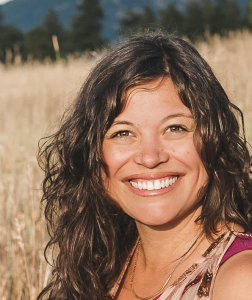




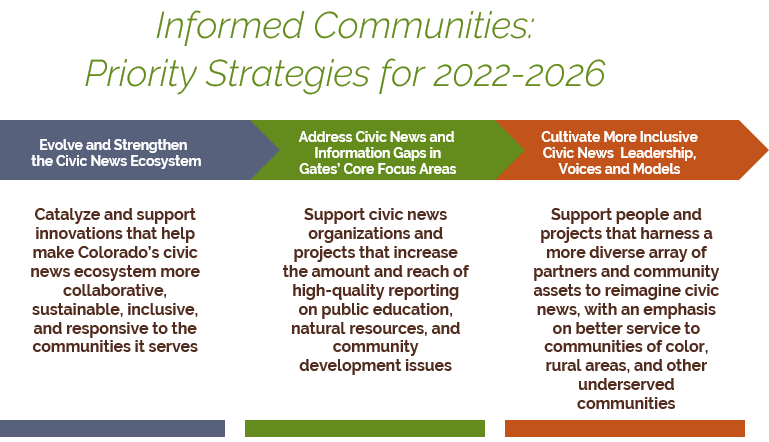
 Finally, also in 2023 a total of $410,956 previously committed by Gates to the
Finally, also in 2023 a total of $410,956 previously committed by Gates to the 


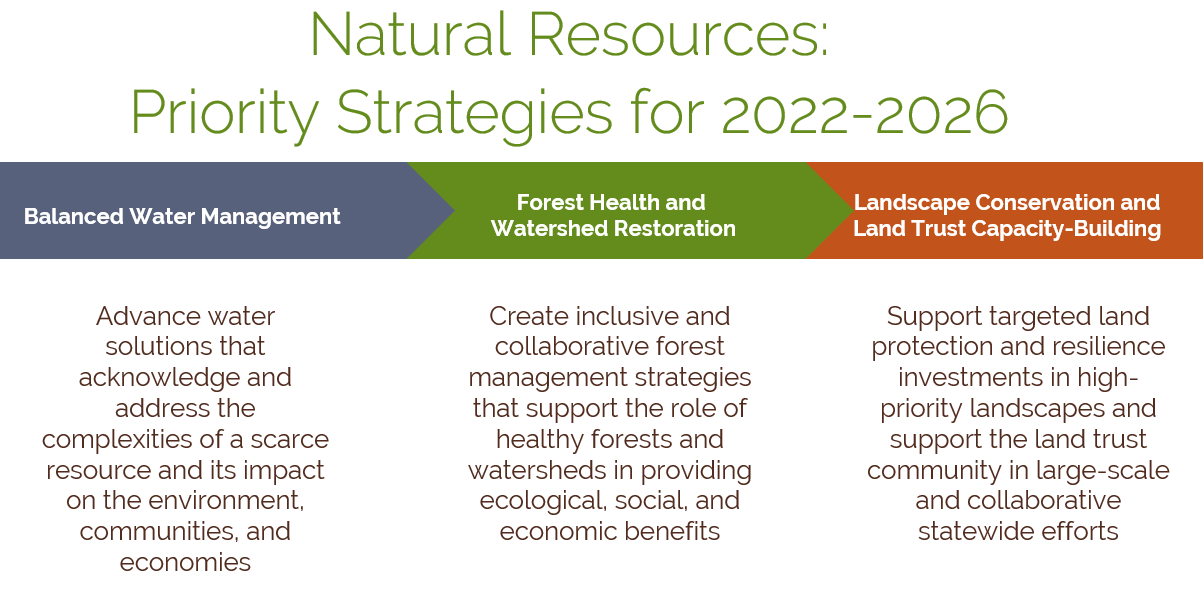
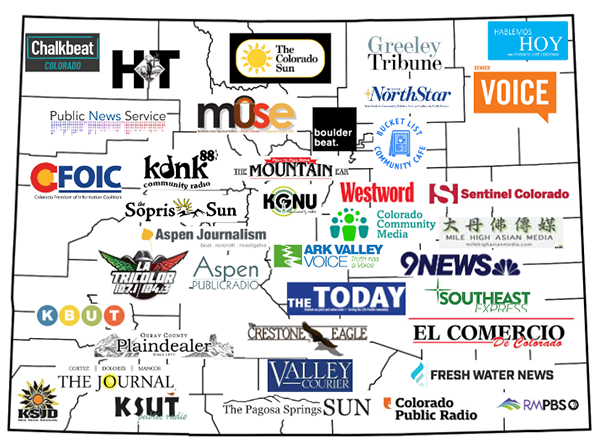 A total of $1,110,956 committed to the
A total of $1,110,956 committed to the  In 2019, the Community Development program committed $932,500 in strategic grants to 13 organizations and $465,000 in responsive capital grants to 12 organizations. New impact investments supporting vibrant communities in 2019 included a $500,000 MRI to
In 2019, the Community Development program committed $932,500 in strategic grants to 13 organizations and $465,000 in responsive capital grants to 12 organizations. New impact investments supporting vibrant communities in 2019 included a $500,000 MRI to 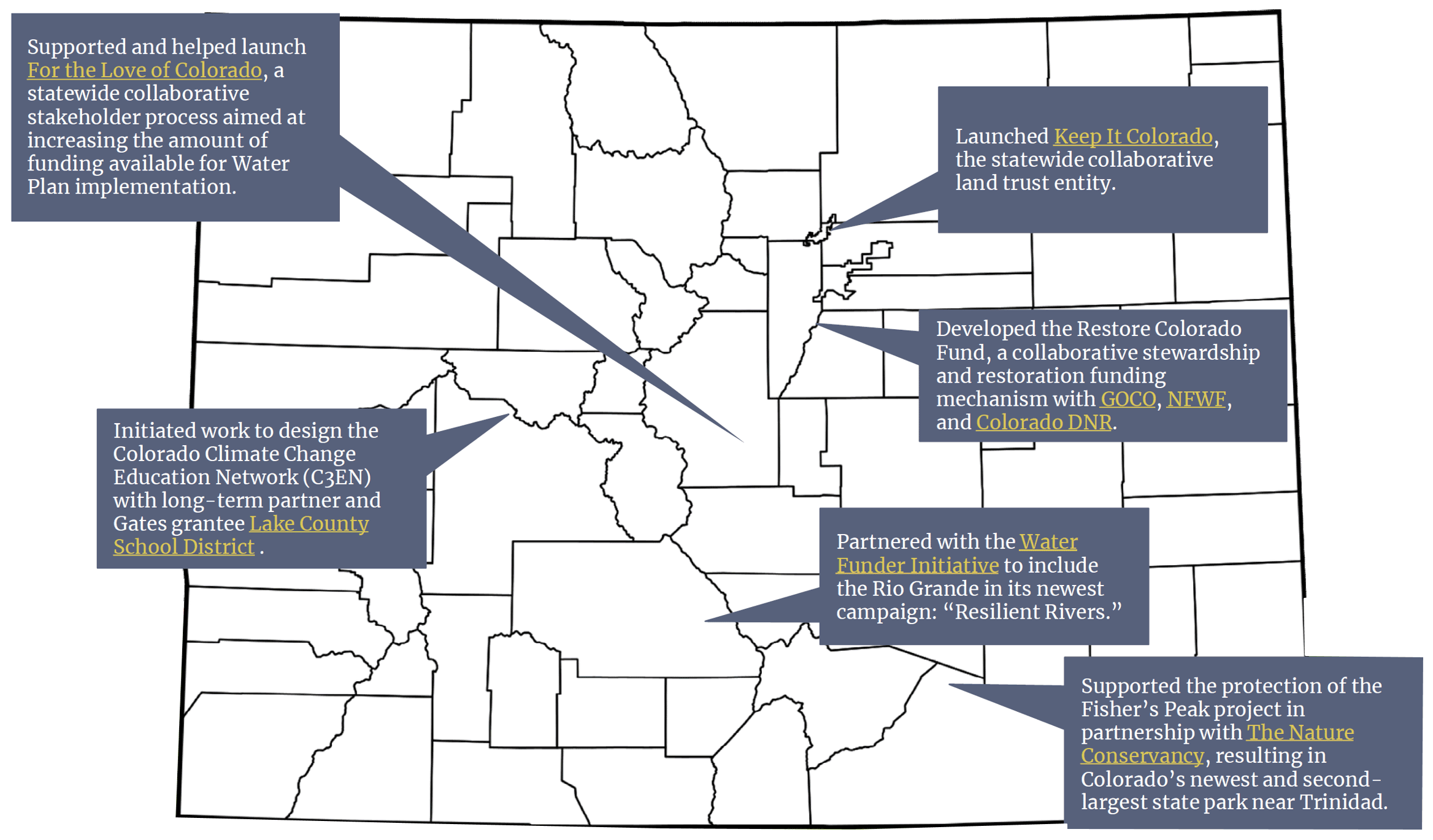 Our Focus Landscapes initiative, a key element of our Natural Resources program, underwent a comprehensive review, revision, and re-launch in 2019. This initiative was launched in 2011 to help Colorado achieve landscape-scale conservation through the protection of private lands in specific geographies. A great deal of progress was made in North Park, southeast Colorado, and the San Luis Valley, resulting in more than 200,000 acres of farm and ranch lands conserved, along with their associated ecological values. The strategic review process was done in close partnership with the land trust organizations representing those geographies, providing lessons-learned and an exploration of emerging opportunities. The revised Focus Landscapes initiative will first focus on two geographies:
Our Focus Landscapes initiative, a key element of our Natural Resources program, underwent a comprehensive review, revision, and re-launch in 2019. This initiative was launched in 2011 to help Colorado achieve landscape-scale conservation through the protection of private lands in specific geographies. A great deal of progress was made in North Park, southeast Colorado, and the San Luis Valley, resulting in more than 200,000 acres of farm and ranch lands conserved, along with their associated ecological values. The strategic review process was done in close partnership with the land trust organizations representing those geographies, providing lessons-learned and an exploration of emerging opportunities. The revised Focus Landscapes initiative will first focus on two geographies: 